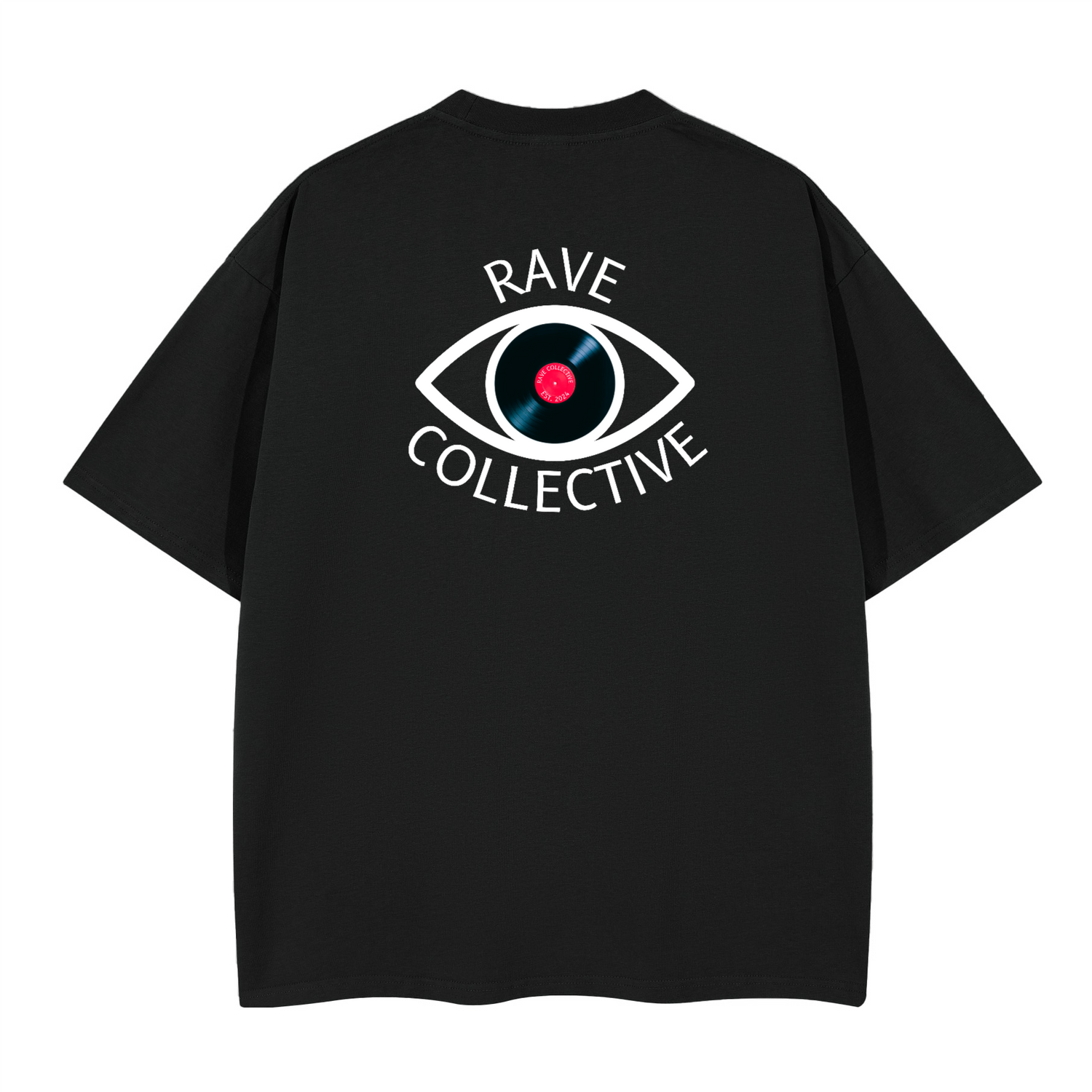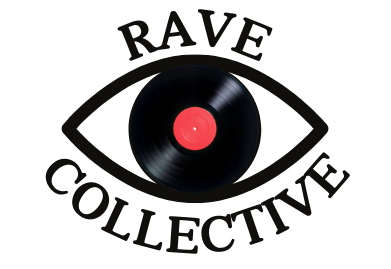Raving History - Everything You Need to Know
Raving is more than just a night out—it’s a movement, a culture, and a way of life that has evolved over the decades. From the underground warehouse parties of the 80s to today’s massive festivals and club nights, raving has had a significant impact on music, clothing, and youth culture.
This article explores the history, origins, and influence of raving, as well as its legal battles and modern-day evolution.
What is the History of the UK Rave Scene?
The UK rave scene emerged in the late 1980s, heavily influenced by Chicago house, Detroit techno, and Balearic beats from Ibiza. The movement gained momentum with the Second Summer of Love (1988-89), when underground raves spread across Britain.
These parties were often held in abandoned hot warehouses, fields, and secret locations, with thousands of ravers gathering for all-night dance marathons. As the scene exploded, it faced increasing scrutiny from the authorities, leading to a battle between ravers and law enforcement that shaped its evolution.

When Was the First Rave?
Pinpointing the first-ever rave is difficult, as dance culture has existed for decades. However, the first notable raves in the modern sense started in the mid-1980s in the UK and US.
In the UK, the earliest large-scale raves were inspired by the Ibiza club scene, where British DJs experienced Balearic beats and free-spirited parties. Returning home, they replicated these experiences, creating the blueprint for modern raves.
What is Rave Culture?
Rave culture is more than just music—it embodies freedom, unity, and self-expression. It’s about escaping the mundane and becoming part of a collective experience fueled by electronic beats, vibrant fashion, and an ethos of acceptance.
The core principles of rave culture include:
- Music: House, techno, drum & bass, and hardcore dominate rave lineups.
- Fashion: Ravewear evolved from 90s oversized fits and fluorescent gear to the darker, minimalist styles of today.
- Community: Raves bring together people from all walks of life, fostering an inclusive, non-judgmental environment.
Where Did Rave Culture Start?
Rave culture has its origins in the underground electronic music scene of the 1980s. The movement can be traced to multiple locations:
- Chicago & Detroit: House and techno pioneers laid the foundation for modern raving.
- Ibiza: The Balearic party scene inspired the free-spirited, all-night nature of raves.
- UK: The explosion of acid house in Britain turned raving into a nationwide movement.
When Did Rave Culture Start?
The rave movement officially took off in the late 1980s, coinciding with the rise of acid house. The UK’s Second Summer of Love in 1988 and 1989 was a turning point, bringing raving into the mainstream and making it a defining feature of British youth culture.
Why Was Raving Illegal?
As raving became more widespread, authorities saw it as a threat. Concerns over drug use, noise complaints, and mass gatherings led to the UK government introducing the Criminal Justice and Public Order Act 1994. This law specifically targeted raves, criminalizing gatherings where music featured “repetitive beats”.
Despite these crackdowns, raving never died—it adapted, moving into legal clubs and, more recently, experiencing a resurgence in underground warehouse raves.
What Was the 90s Rave Scene Like?
The 90s rave scene was raw, euphoric, and rebellious. Iconic raves like Dreamscape, Helter Skelter, and Fantaziasaw thousands of people dancing to breakbeats, hardcore, and jungle in massive fields and warehouses.
Fashion-wise, the 90s rave look included:
- Baggy jeans and tracksuits for maximum comfort.
- Bucket hats and fluorescent gear for standout style.
- Trainers built for all-night dancing.
While the government attempted to suppress raving, the 90s cemented its place as an unstoppable force in youth culture.
Are Raves Still a Thing?
Yes! Raving has never gone away, though it has evolved. Today’s scene includes:
- Massive festivals like Boomtown and Warehouse Project.
- Underground warehouse raves making a comeback.
- Club nights featuring DnB, techno, and house music.
- Social media-driven raves, where events are organized and shared online.
The spirit of raving remains alive, adapting to new generations while staying rooted in its underground heritage.
When Did the Rave Scene Start in the UK?
The UK rave scene took off in the late 1980s, fueled by the acid house movement. By 1990, it had become a nationwide phenomenon, leading to both government crackdowns and commercial success in club culture.
Key figures in shaping the UK scene include Carl Cox, The Prodigy, and Sasha, who helped define the sound and energy of British raving.
The Role of Rave Collective in Modern Raving
We at Rave Collective are passionate about keeping rave culture alive through our fashion and community-driven approach. Our clothing is inspired by UK rave heritage, offering:
- Dark, minimalist aesthetics suited to today’s underground raves.
- High-quality, breathable materials designed for all-night movement.
- A fusion of past and present rave fashion, blending 90s nostalgia with modern style.
If you’re looking to represent the true essence of rave culture, check out our latest collections at Rave Collective.
Conclusion
Raving has gone from illegal underground movements to mainstream global culture while maintaining its rebellious, free-spirited energy. Whether it’s the warehouse parties of the 80s, the mass gatherings of the 90s, or today’s modern raves, the scene continues to evolve and thrive.
If you love raving and want to express your passion through fashion, explore our exclusive ravewear at Rave Collective.

